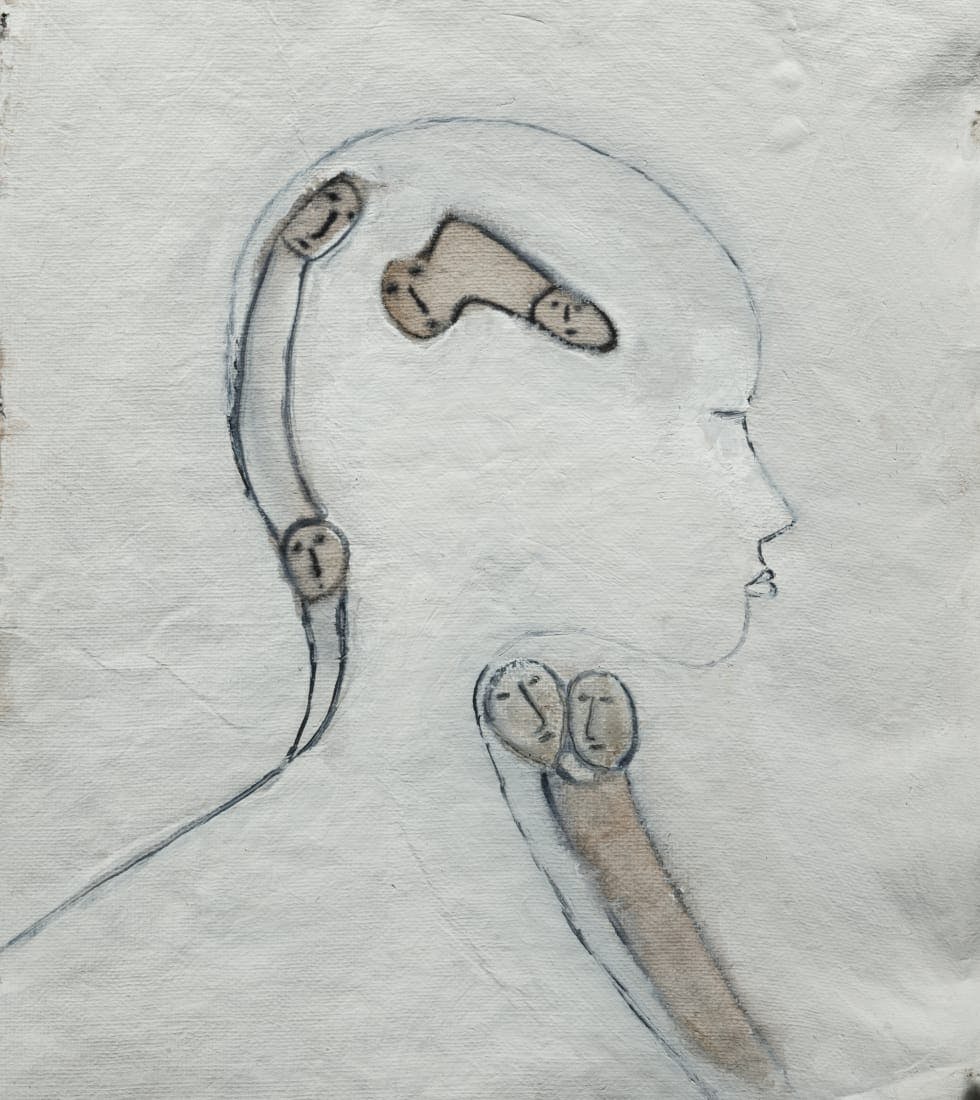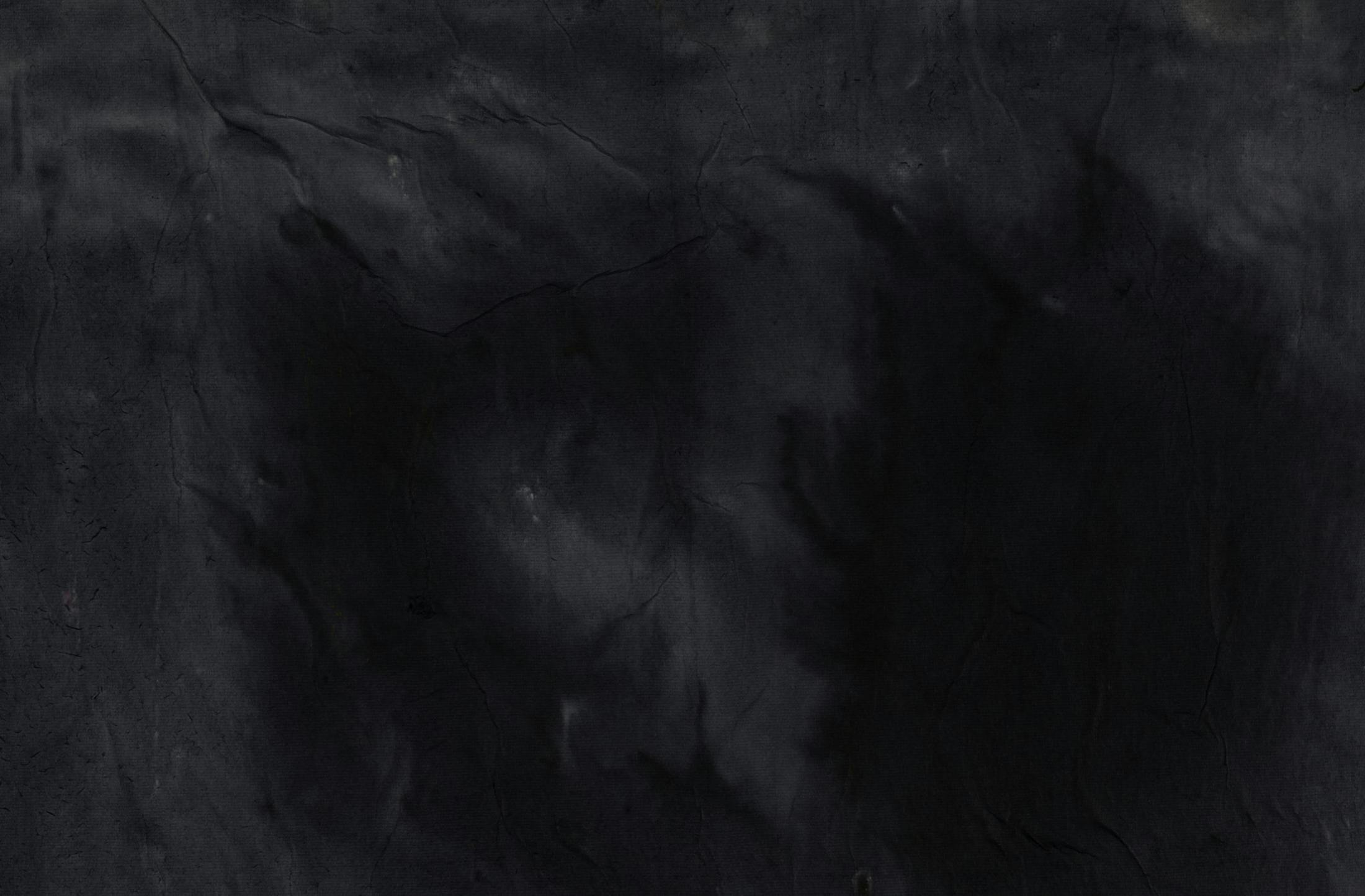Fat is a crucial structural support to the face. Skin and tissue aging occurs due to a number of intrinsic and extrinsic factors which can lead to a decrease in ft in certain areas. Intrinsic factors are those that are inevitable and unable to be controlled, such as genetics. Extrinsic factors are external factors such as sun exposure, air pollution, smoking, and diet. These effects can make your face look gaunt and tired. Therefore, age-associated soft tissue changes require surgeons to augment and improve volume.
A facial fat graft restores volume to the cheeks, lips, eyes, and other areas of the face. It also resuspends tissues that droops, and removes redundant tissue.
In medicine, fat is known as adipose tissue. It is mainly composed of fat cells called adipocytes which function to store calories in the form of glucose and fatty acids. In facial fat grafting, a surgeon harvests fat from another area of the body such as the abdomen, thighs, buttocks, or another predetermined area. Autologous adipose tissue is the ideal filler material for facial rejuvenation, as it is biocompatible, has a low risk for allergic reaction, and produces a soft and natural result.
Additionally, the fat harvested from the patient’s body contains valuable stem cells. These remarkable cells can develop into healthy new fat cells to rejuvenate the area of treatment.









